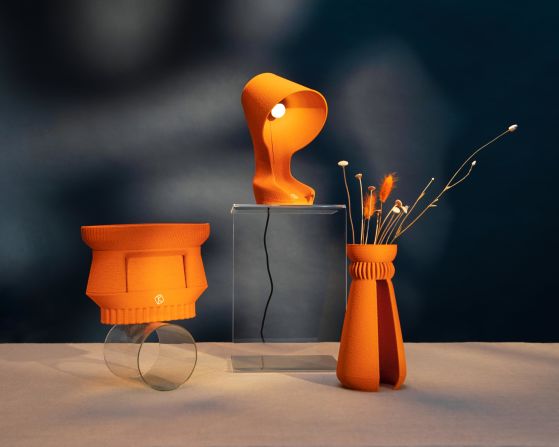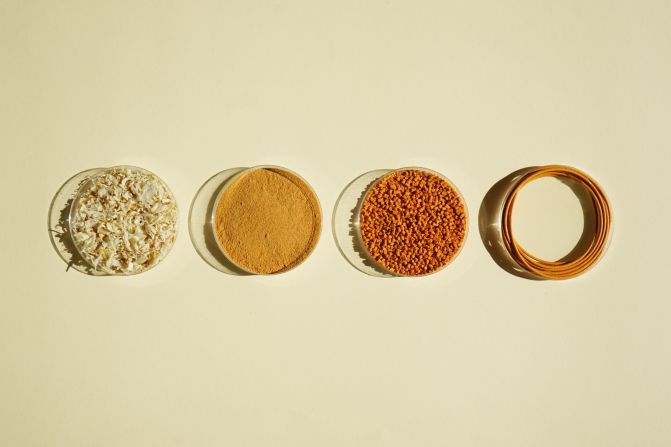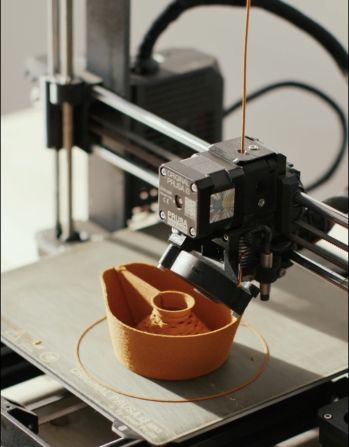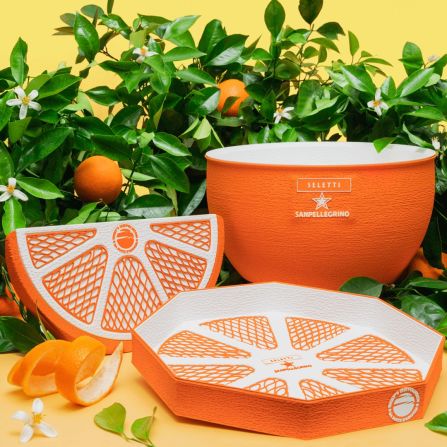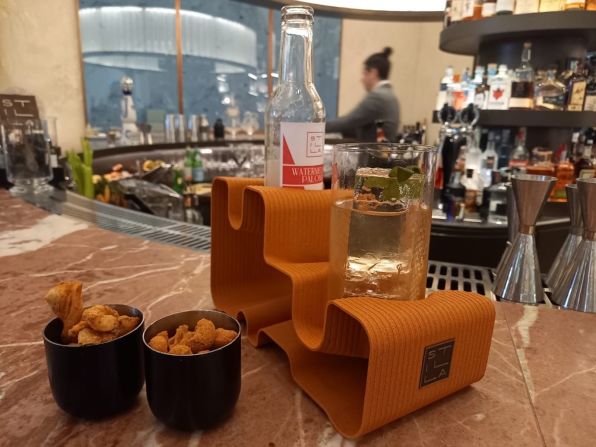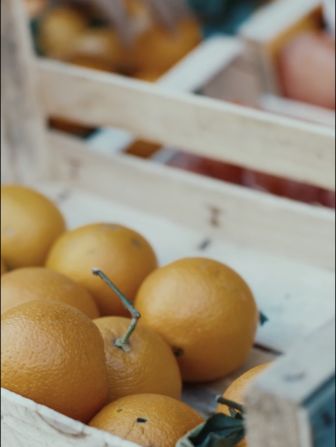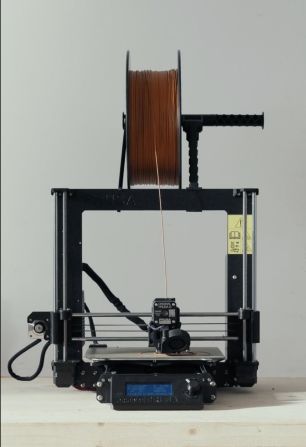Imagine a world where nothing ends up in landfill. Instead, everything can be reused, recycled and repurposed, creating products that never reach their “end of life.”
According to a recent report by the Circle Economy Foundation, only 7.2% of all used materials are being cycled back into the economy to be reused and recycled without creating waste.
Milan-based company Krill Design aims to change this by creating furniture products made from a patented plastic-like biomaterial named Rekrill, which it says is fully organic, biodegradable, and can be used over and over again.
The company was founded in 2018 by three architects, two of whom had already set up a 3D-printing company. Using fruit peel, orange seeds and coffee ground waste collected from businesses in Italy, Krill products can be redistributed to the same businesses for use in their offices, instead of furniture made from common plastics. Krill’s designs include bookends, stools, clocks, bowls, and a lamp named Ohmie.
“After three or four years, you have to change your furniture [anyway],” says Marco Di Maio, director of operations at Krill. “But if all that furniture was made using our materials, we would be able to recover them, crush them and print other furniture with the same material. If, by mistake, any of our material ends up in the ocean, it is biodegradable and doesn’t produce any microplastics.”
Each product is made through a four-step process. First, the food waste is dried and crushed into a very fine powder. Then, the powder is compounded with a biodegradable plastic alternative known as polyhydroxybutyrat (PHB), with the fruit waste making the PHB more rigid, according to Krill. The compound is then turned into a filament and, using a spool, put into a 3D printer. The Ohmie lamp takes around three hours to print, but printing times can vary depending on the product.
“There’s a lot of companies that do design, and we wanted to be different,” says Di Maio.
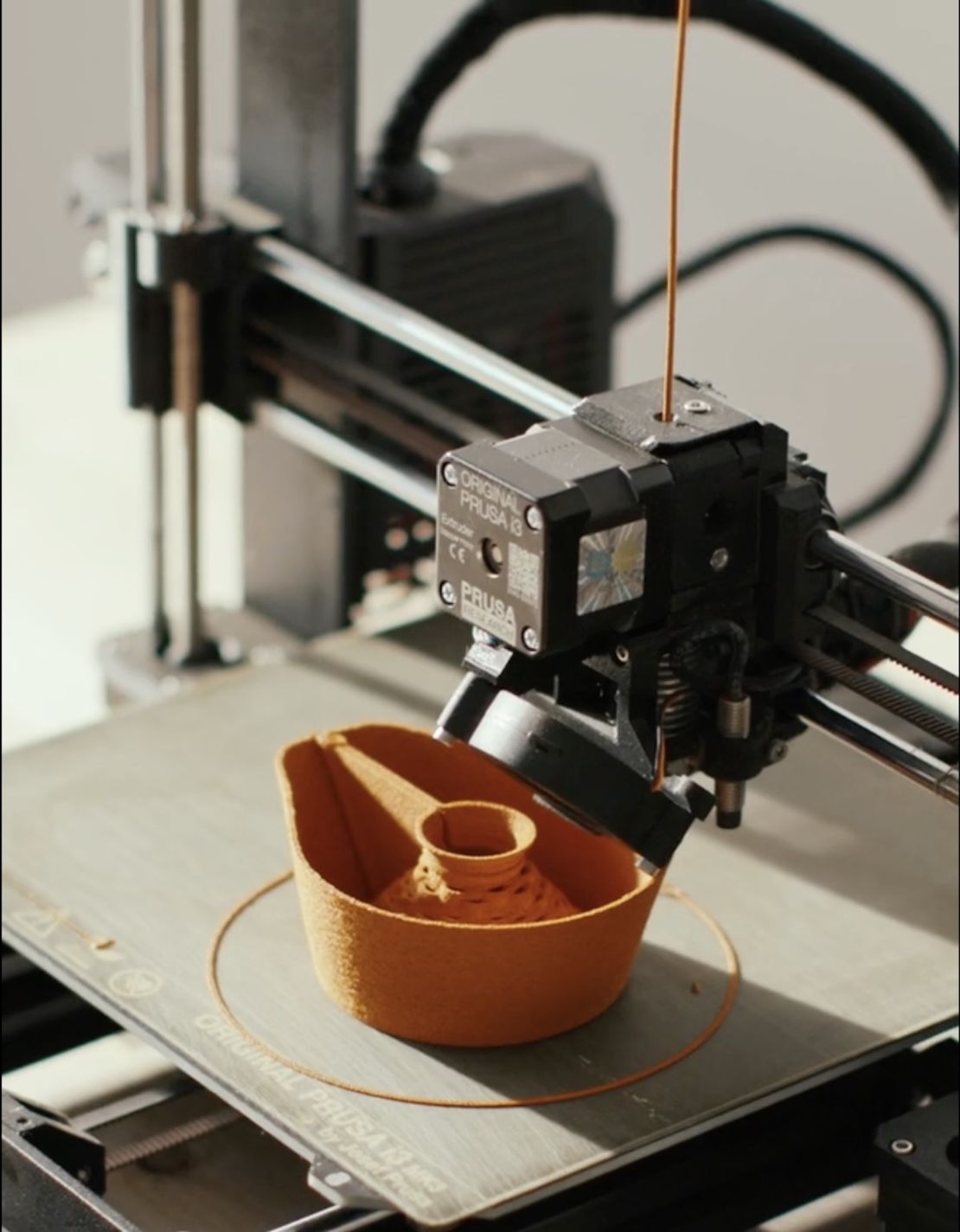
Krill has collaborated with a number of well-known brands, including drinks company Sanpellegrino and hotel chain Four Seasons, and has also participated in a Co.ffee Era project with the municipality of Milan, which aims to reduce coffee waste produced in three of the city’s neighborhoods. Through these projects, Krill has designed wine coolers, trays, drink holders and organizers, each in the colors corresponding to the food waste they were made from, with orange peel creating bright orange products, and coffee grounds creating rich dark brown products.
Because a lot of food waste would otherwise be incinerated or dumped in landfill, by reusing fruit peel and coffee grounds, every kilogram of Rekrill corresponds to one kilogram of carbon dioxide offset from the production of plastic, according to Di Maio.
He adds that Rekrill is as sturdy as wood, and won’t begin to degrade unless it’s touched by water, bacteria or acidity. And because it is made from organic materials, when Rekrill breaks down it is safe for fish to eat and can also be used in a home compost.
But despite its eco-friendly benefits, Di Maio acknowledges that Rekrill is expensive. “Our material costs probably six times more than common plastic,” he says. “It is a very difficult and expensive process, so we understand why many companies aren’t doing it, but we took a risk, and we’ve been successful.”
Di Maio is hopeful that in a few years, as more consumers and businesses are forced to face the damage unsustainable plastics are doing to the planet, Rekrill will be much more widely used.
Bioplastics
While bioplastics currently represent less than 1% of the 390 million tons of plastic produced annually, it is a rapidly growing segment with applications across different sectors, including food packaging, textiles and electronics. A number of other companies are innovating in this area, including UK-based Polymateria, which claims to have created the “world’s first self-destructing plastic,” which can be broken down into a wax-like substance that can fully biodegrade in soil.
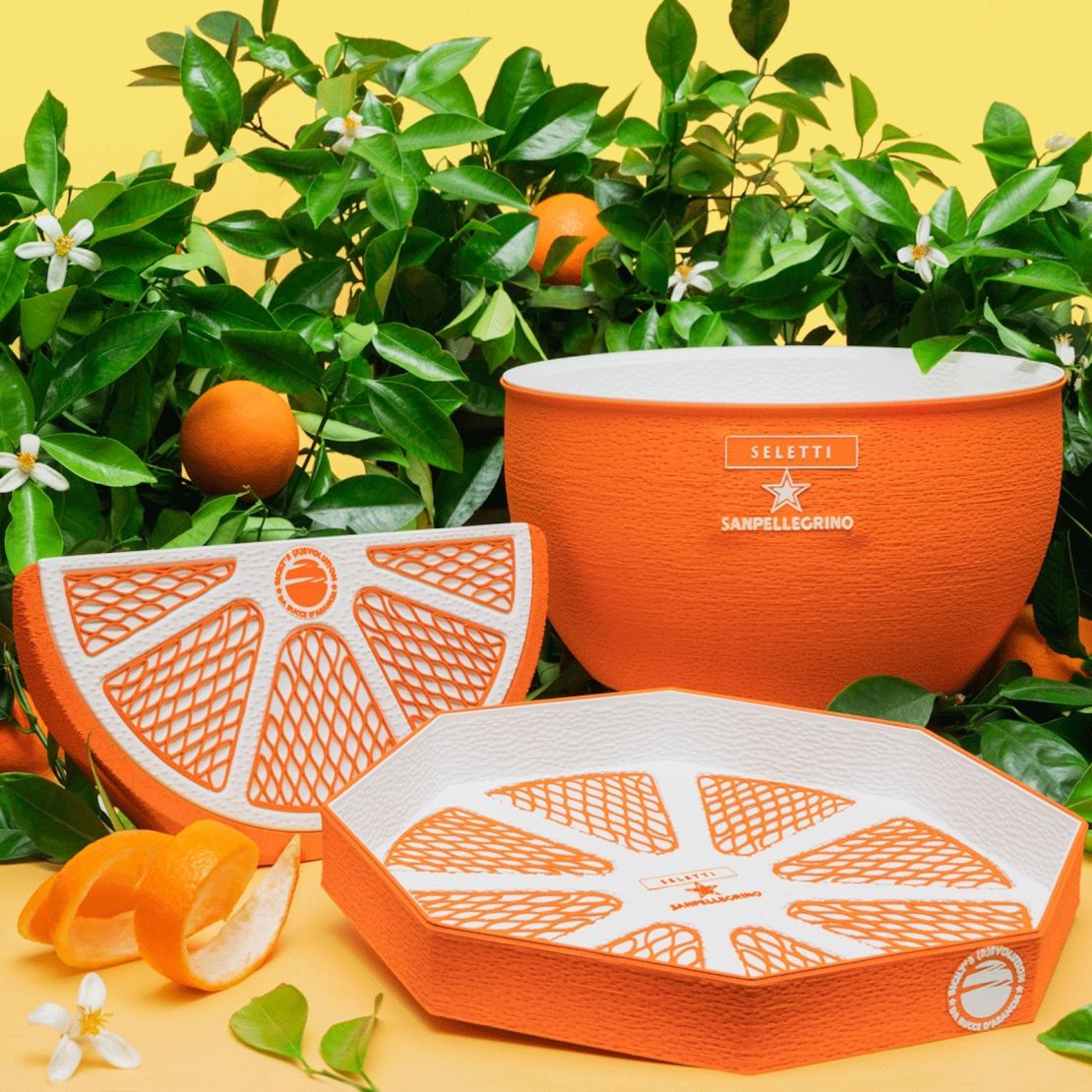
Joe Iles, circular design lead at environmental charity Ellen MacArthur Foundation, who isn’t involved with Krill, says that when it comes to claims of bioplastics being home compostable, it’s important to note that without the right conditions, materials could take years to break down. A 2022 UK study found that 60% of products labeled as compostable plastics do not fully break down in home compost.
Iles adds that novel bioplastic materials may not be suitable for all local recycling systems.
Despite these potential concerns, he says it’s important to encourage and commend businesses that are trying to create a more circular economy. “We need people to experiment and experimenting could mean getting it a bit wrong sometimes, but we’re getting it increasingly right,” Iles says.
Krill is currently experimenting with other food waste including eggshells, tomatoes, and grape leftovers from winemaking, as well as looking to make its production process more efficient, less expensive and more eco-friendly.
Ultimately, the company plans to sell the Rekrill filament, so that people and businesses can create products using their own 3D-printer. It’s also looking to develop injection molding — injecting the molten compound of food waste and PHB into a mold instead of 3D-printing — which could cut costs and save time.
“We really believe this is the material of the future,” says Di Maio. “Little by little, a step at a time.”
